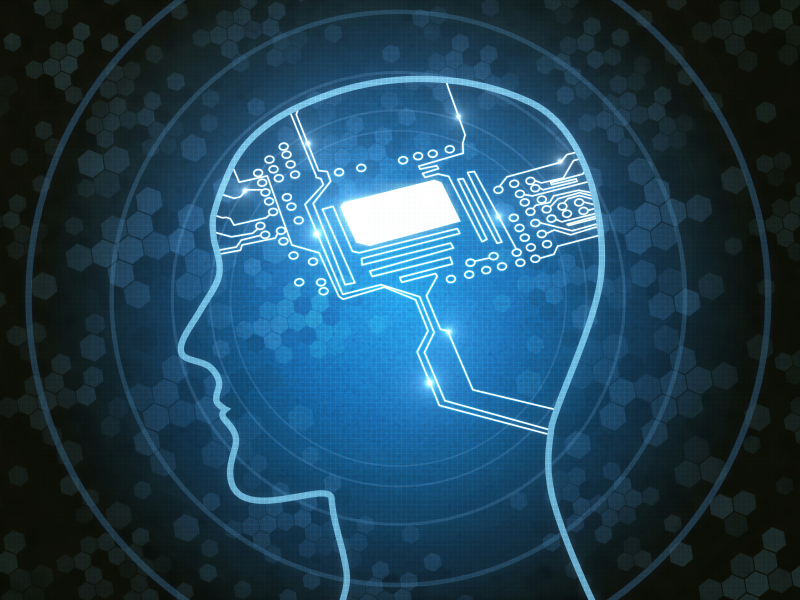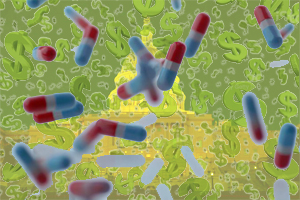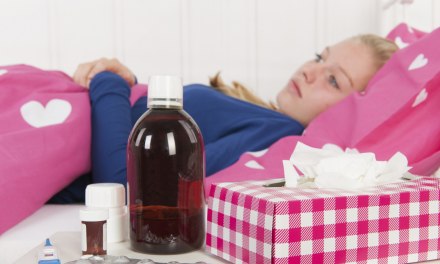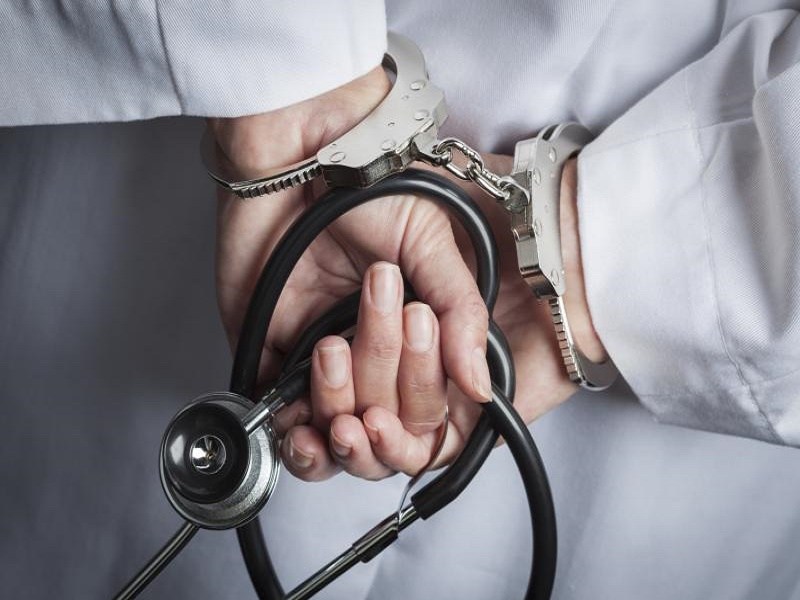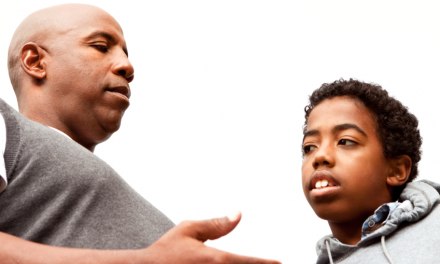We have a high opinion of critical thinking here at RecoverySI. So I was pleased when I saw this report on an innovative course to help students improve their critical thinking skills– which are of considerable importance in sorting through the continuing flood of information that seems to follow us everywhere.
Critical thinking was once a standard feature of Humanities curricula, but somewhere along the line, educators switched focus. Other priorities, I suppose– computer skills, statistics, technology. That’s not surprising given the emphasis on standardized tests. A young person’s ability to think logically in complex situations doesn’t translate too well to a multiple choice test. But in an era of pseudoscience and fake news, it’s perhaps more important than ever.
Pseudoscience refers to beliefs or practices that appear ‘scientific’ but under examination fall well short of the real thing. A treatment or remedy can be quite popular yet still qualify as pseudoscience because it doesn’t adhere to the requirements of the scientific method. Many physicians consider homeopathy, acupuncture, crystal healing, reflexology, and a host of others, to be pseudoscientific. Doesn’t mean they aren’t of value to some patients and practitioners. Just means they shouldn’t be advertised under the mantle of science.
The marketing aspect is key. We need the knowledge and skill to evaluate claims of effectiveness as medical treatments– for instance, to determine whether the research that supports that claim is solid, or if it’s unreliable.
The late astronomer and science educator Carl Sagan developed his version of a “baloney detection toolkit” to evaluate questionable claims. He’s an engaging writer. Here’s a .pdf of one of his articles on the topic.
Sagan argues that there are situations involving serious illness that leave us vulnerable to pseudoscientific claims. Where our desire for a cure can overwhelm our judgment and become what psychologists call a confirmation bias.
Wishing something to be true, we find ourselves subconsciously filtering out contradictory evidence that suggests it isn’t. You might call it a form of wishful thinking. Doubtful or even fraudulent treatments thrive on confirmation bias. They represent the ‘fake news’ of healthcare. Doesn’t mean practitioners aren’t convinced of the effectiveness of what they do.
It just means the rest of us shouldn’t take their word for it.
Teaching critical thinking seems to offer some protection against that.

